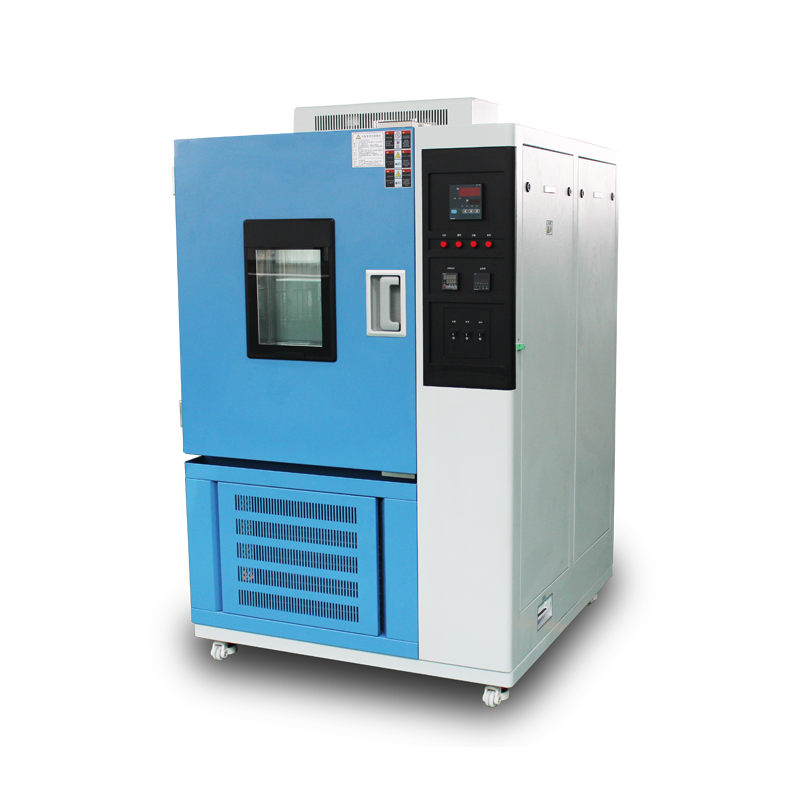

Mastering the methods to troubleshoot low-temperature test chambers allows for timely repairs, ensuring the equipment can quickly resume normal operation. Below, we share some common faults and their solutions.
If the temperature inside the chamber fails to reach the set value during operation, the electrical system should be inspected to identify the cause. If the temperature changes too slowly, check the air circulation system to ensure the baffle is properly open. Conversely, if the issue persists, inspect the air circulation motor.
During operation, if an alarm is triggered and the control panel displays a fault message, staff should systematically troubleshoot based on the alert to determine which component is malfunctioning. If the issue stems from equipment failure, promptly contact the manufacturer’s after-sales service for repair.

When the humidity reaches 100% during testing, the cause may be dry gauze on the wet bulb sensor. In this case, check the water tank for insufficient water levels and verify whether the water level controller and its supply system are functioning properly. Additionally, prolonged use or water purity issues may harden the gauze, preventing it from absorbing moisture effectively. If so, clean or replace the gauze.
If there is a significant discrepancy between the actual humidity and the target humidity, the humidification system may not be working correctly. First, check the water supply system. If it operates normally, inspect the electrical control system for faults. If a component is damaged, contact professional technicians for repair.
Low-temperature test chambers can experience various faults. This article covers the most common issues and their solutions. When the equipment malfunctions, staff should promptly identify the problem, diagnose the cause, and take corrective action to prevent persistent failures that could compromise test results.